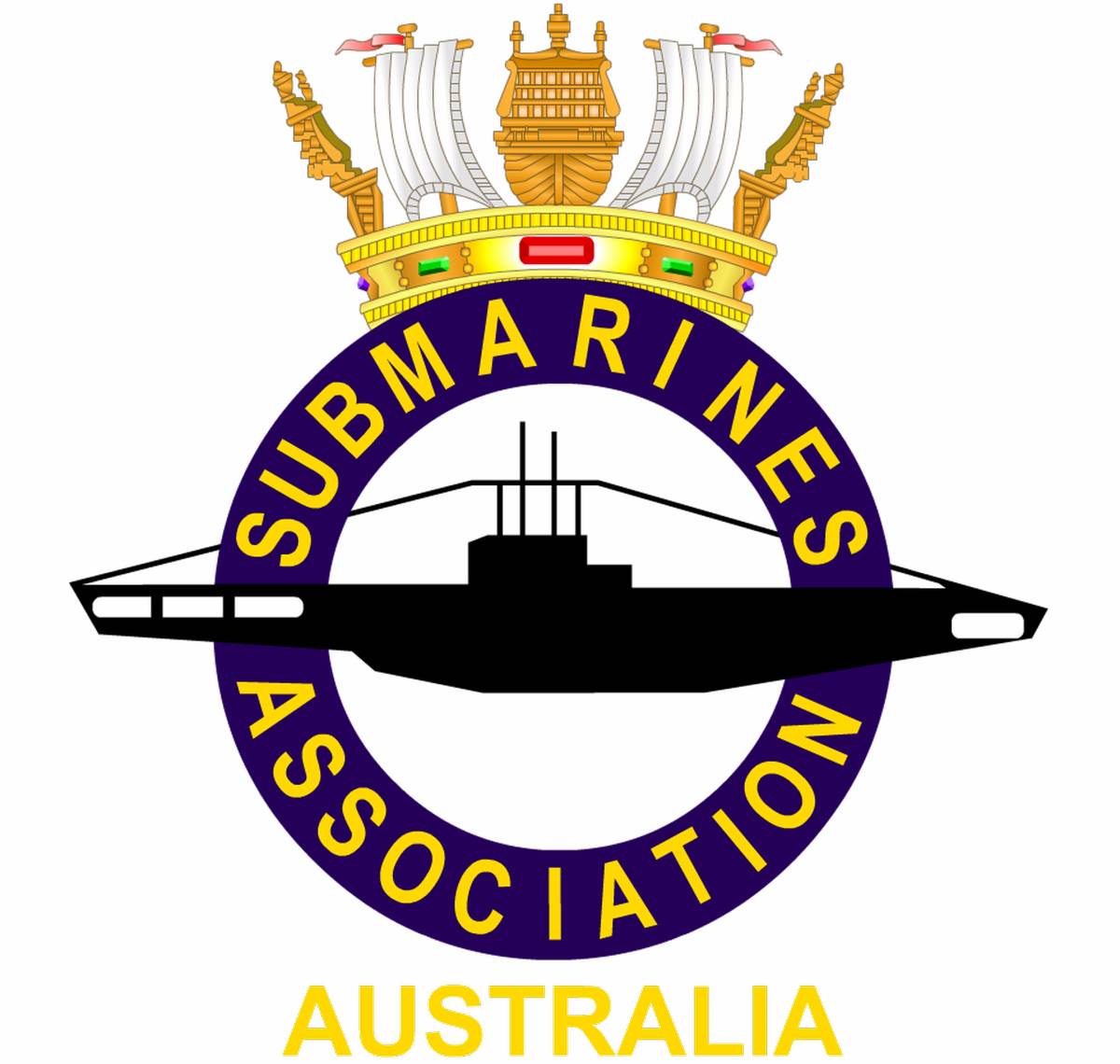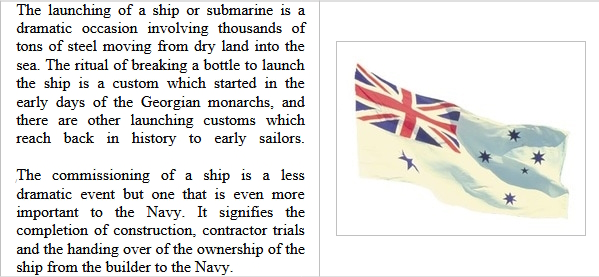

Submarines
Association
Australia


|
|
SubmarinesAssociationAustralia |
|
|
The following history was found in the archives of the Old SAA website
The RAN Oberon Era
The fourth and more permanent attempt to establish the Royal Australian Navy's Submarine Service began with the purchase in1963 from Scotts Shipbuilding at Greenock in Scotland for eight Oberon class submarines. This was later reduced to six. The first was appropriately named HMAS Oxley and arrived in Sydney in August 1967. In August of that year the Submarine Support Depot HMAS Platypus was commissioned for the support of the new submarines. Over the next ten years HMAS Otway, Ovens, Onslow, Orion and Otama followed it. During their life these submarines have given excellent service. During the 80s they went through refits that equipped them with the latest in operational and tactical systems, only surpassed by the new Collins coming into service. During their time in service they were often proven to be a capable non-nuclear submarine, able to uphold the highest in submarine operating standards. At approximately their half life stage, a very ambitious and successful modernisation took the boats into the modern missile age, providing the Oberons with the capability of the United States Navy's Mark 48 wire guided torpedo and Mark 84 UGMA Harpoon missile. The RAN operated six Oberon class submarines from the 27th March 1967, with the commissioning of HMAS Oxley, until the 15th December 2000 when HMAS Otama payed off. As part of the Government's Two Ocean Navy Policy (dividing the Fleet in two, with one half based in Sydney and the other half homeported in Western Australia) the decision was made to homeport submarines at HMAS Stirling, with the first being HMAS Oxley in 1987. In 1994, the Commander of the Australian Submarine Squadron moved his Headquarters from HMAS Platypus to HMAS Stirling. The Oberon class have now ended their operational life. The submarines Oxley, Otway, Ovens, Orion and Onslow have all been withdrawn from service. The last, Otama, was retired from service late 2000.
The Submarines

The tradition of commissioning predates the formation of the first European Royal Navies, in the days before they had to own fleets, would commission or charter ships from private owners to go off and fight their troublesome neighbours or sail off in search of new trade routes and riches. In turn, privateers could seek royal approval for their ventures in the form of a commission. Indeed, Christopher Columbus sought, and was granted, a commission by the Spanish Royal family in his search for a quicker route to the East Indies. Without the Royal commission a privateer was considered to be a pirate. The tradition continued after the first navies were formed and marked the handing over of the ship from the ship builder to the Navy. The commissioning ceremony marks the introduction into service of a ship as a unit of the Royal Australian Navy. At the moment of breaking the commissioning pennant, the ship becomes the responsibility of the Commanding Officer who, together with the Officers and Ship's Companies, have the duty of making and keeping the submarines ready for any service required by our nation in peace or war. The distinctive mark of a RAN ship in commission, other than the Australian White Ensign, is a flag or pennant at the masthead. The modern Royal Australian Navy commissioning pennant is the red cross of St. George at the hoist with a white fly. Members of commissioning crews have a special affinity with THEIR ships, and develop a relationship that is everlasting. According to tradition, a member of a ship’s commissioning detail, in the days of wooden vessels, had the right to take a plank from her deck when she was decommissioned. They became known as Plankowners and this section is dedicated to the plank owners of the RAN Oberon class submarines.
Webmaster : This is the first part that I can download correctly more updates will come soon